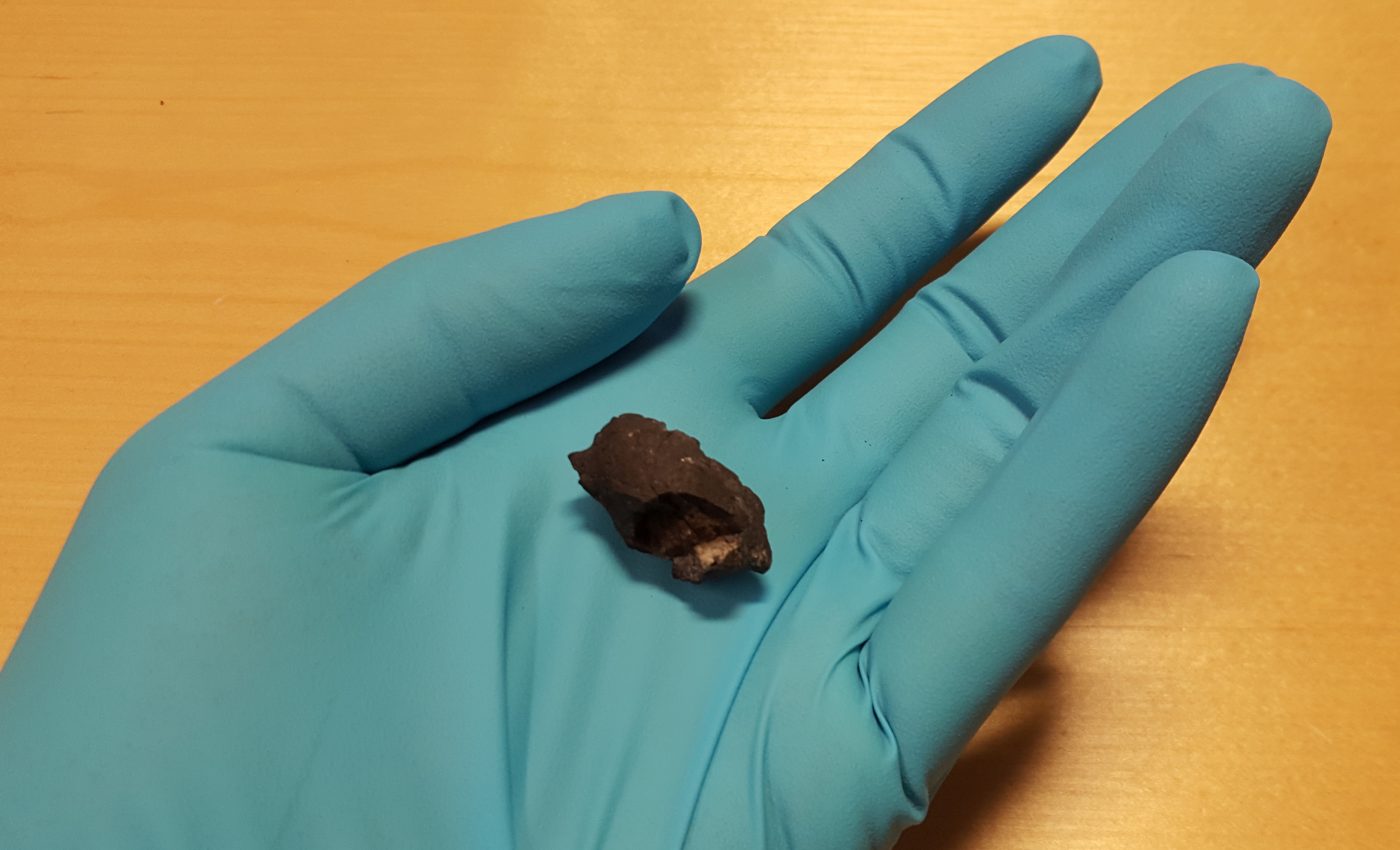
Ancient chewing gum offers new clues about the first humans in Scandinavia
Chewed up lumps of birch bark pitch from 10,000 years ago contain DNA from the first humans who settled in Scandinavia. The analysis of the ancient chewing gum, which was conducted at Stockholm University, has produced the oldest human DNA sequenced from this area so far.
There are not many human bones available from Scandinavia that date back 10,000 years, and few of them have enough DNA preserved for archaeogenetics. The chewing gum has provided experts with DNA from two females and one male.
The pieces of gum were collected from Huseby-Klev, an early Mesolithic hunter-fisher site on the Swedish west coast. The site was excavated in the early 1990’s, before human DNA analysis was possible.
“When Per Persson and Mikael Maininen proposed to look for hunter-gatherer DNA in these chewing gums from Huseby Klev we were hesitant but really impressed that archaeologists took care during the excavations and preserved such fragile material,” said study co-author Natalija Kashuba.
“It took some work before the results overwhelmed us, as we understood that we stumbled into this almost ‘forensic research,’ sequencing DNA from these mastic lumps, which were spat out at the site some 10,000 years ago!”
The study revealed that the three individuals shared close genetic affinity to other hunter-gatherers in Sweden and to early Mesolithic populations from Ice Age Europe. However, the tools recovered from the site had been made using lithic technology that was brought to Scandinavia from modern-day Russia.
Earlier studies suggested that there was a cultural and genetic influx into Scandinavia from two routes, and the ancient chewing gum helps to confirm this theory.
“Demography analysis suggests that the genetic composition of Huseby Klev individuals show more similarity to western hunter-gatherer populations than eastern hunter-gatherers,” said Emrah Kirdök, who conducted the computational analyses of the DNA.
“DNA from these ancient chewing gums have an enormous potential not only for tracing the origin and movement of peoples long time ago, but also for providing insights in their social relations, diseases and food,” added study co-author Per Persson.
The study is published in the journal Communications Biology.
—
By Chrissy Sexton, Earth.com Staff Writer
Main Image Credit: Natalija Kashuba/Stockholm University













